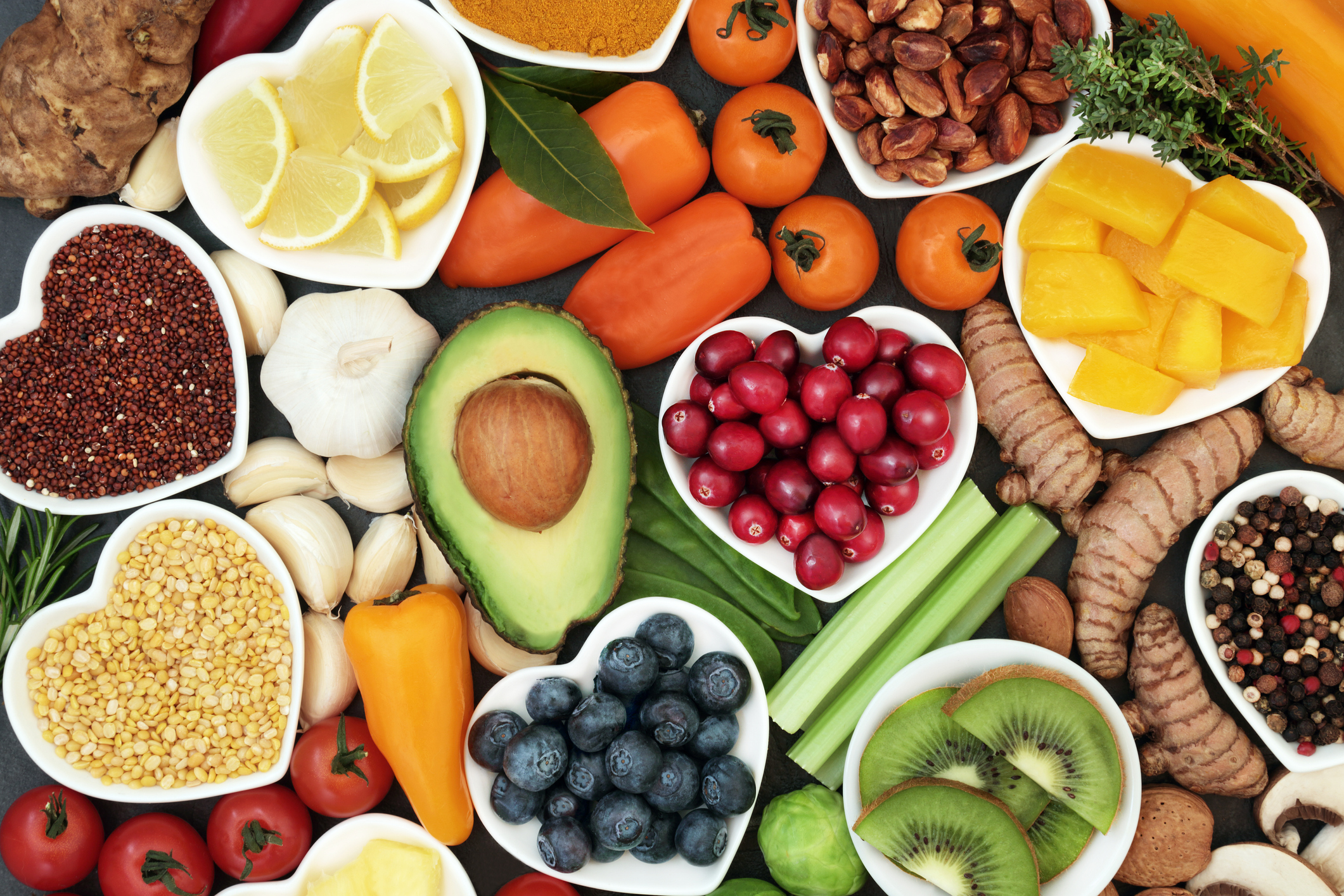You know when you haven’t eaten in a few hours how you start to feel a little agitated, spacey, and overall hangry? That is typically the body’s way of signaling the blood sugar curve has dropped and it’s about time to eat again.
Blood sugar balance is an important element of homeostasis and is often the key to maintaining overall mood and sustained health throughout our lives.
WHAT IS BLOOD SUGAR, AND WHAT IS A BLOOD SUGAR CURVE?
Blood sugar is the everyday term for the level of glucose in the blood. Glucose is the body’s source of energy, which we obtain through food. Carbohydrates break down first into glucose, whereas proteins and fats break down to amino acids and fatty acids. However, these acids can be converted into glucose through a process called Gluconeogenesis.
Insulin is an important piece of blood glucose levels, as it’s a hormone that is released after we eat and is responsible for moving glucose from the blood into cells to use as energy or for storage.
The blood sugar curve is a graphical representation of how the rises and falls of blood glucose levels look throughout the day. It maps out the periods of time where both glucose and insulin levels spike and when they fall.
WHY IS A BALANCED BLOOD SUGAR CURVE IMPORTANT?
It’s natural for our blood sugar levels to vary throughout the day; however, large spikes and falls of glucose can cause issues in the short-term and become harmful in the long-term.
A meal that is mainly comprised of carbohydrates will spike blood sugar levels. Then, as I’m sure you too have experienced, the inevitable crash rolls around, and you feel irritable, weak, shaky, and hungry again (even though your blood sugar level is technically within the normal range).
You know how 2:00pm rolls around in the office and everyone seems to be reaching for the candy jar? This may be a habit, or it may be a prime example of hormonal hunger – the body feels like it needs to raise blood sugar levels again to match the previous spike even though there is no true need.
In the long-term, if there is an excess amount of glucose in the body, fat cells can expand to store the surplus and protect the rest of the body. Thus, the body may put on extra weight if it does not have a way to expend the glucose energy. Someone also may begin to experience insulin resistance, where the cells stop responding properly to insulin. Insulin resistance can eventually lead to Type 2 diabetes, which may cause other health issues as well.
Maintaining a balanced blood sugar curve is beneficial for both physical and emotional reasons. As a Certified Transformational Nutrition Coach, I’ve witnessed my clients say goodbye to afternoon cravings, sleep better, feel more optimistic, and have more energy throughout their days simply by eating to sustain a balanced blood sugar curve.
And the good news? It’s pretty simple to eat a balanced meal!
HOW TO EAT TO MAINTAIN A BALANCED BLOOD SUGAR CURVE
Kelly Leveque, Certified Holistic Nutritionist and author of Body Love, coined a simple way to remember the components of a meal created to keep you satiated and maintain a level curve. She calls it The Fab Four: Fat, Fiber, Greens and Protein. Let’s take a quick look at why all of these components are important and some food sources for how to incorporate each category into your meals.
1. FAT
Fat slows digestion, curbs cravings, promotes ketosis, hydrates cells, and makes us feel calmer and more relaxed.
Some examples include:
- Avocado
- Salmon
- Hemp hearts
- Olive Oil
2. FIBER
Fiber provides food for good bacteria in the gut, removes toxins from the body, and promotes regular digestion.
Some examples include:
- Flax seeds
- Broccoli
- Pistachios
- Mushrooms
3. GREENS
Dark, leafy vegetables provide more fiber and are also a source of vitamins, minerals, and other phytonutrients that aid our immune system, prevent premature aging, and protect our overall health.
Some examples include:
- Swiss chard
- Kale
- Spinach
- Arugula
4. PROTEIN
Protein signals to the brain that the stomach is full, provides essential amino acids for the body, which are the building blocks of all proteins (our hair, skin, nails – all tissues are made of amino acids), and promotes proper nutrient absorption.
Some examples include:
- Fish
- Grass-Fed & Finished Beef
- Tempeh
- Pasture-Raised eggs
CHOOSE COMPLEX CARBOHYDRATES
The point of this is not to scare anyone away from all carbohydrates.
Carbohydrates, in general, are still extremely beneficial to the body. However, carbs that come from refined, sugar-filled snacks such as cookies or sweet treats, would spike blood sugar way faster and lead to more of a crash than a baked sweet potato would.
This is the difference between simple and complex carbohydrates. Complex carbs take longer to digest and provide a more stable source of energy.
Carbs are also highly beneficial before a workout to provide your cells with good energy. Keep in mind, the Fab Four method is a great rule of thumb, but everyone’s bodies will be unique in their needs for nutrition. For a personalized plan, reach out to a Certified Transformational Nutrition Coach (CTNC).
CONCLUSION
Maintaining a stable blood sugar curve provides a multitude of benefits to the body. It’s a great guideline for building a meal full of nourishing foods, it provides more stable energy throughout the day so you can skip the afternoon coffee and get better sleep, and it can brighten your overall mood.
For more on Mikala, head here!
Struggling with sugar cravings? Stop sugar cravings with these 10 tips!


+ show Comments
- Hide Comments
Free Resources
Take A Look at the latest from ITN:
Courses
add a comment